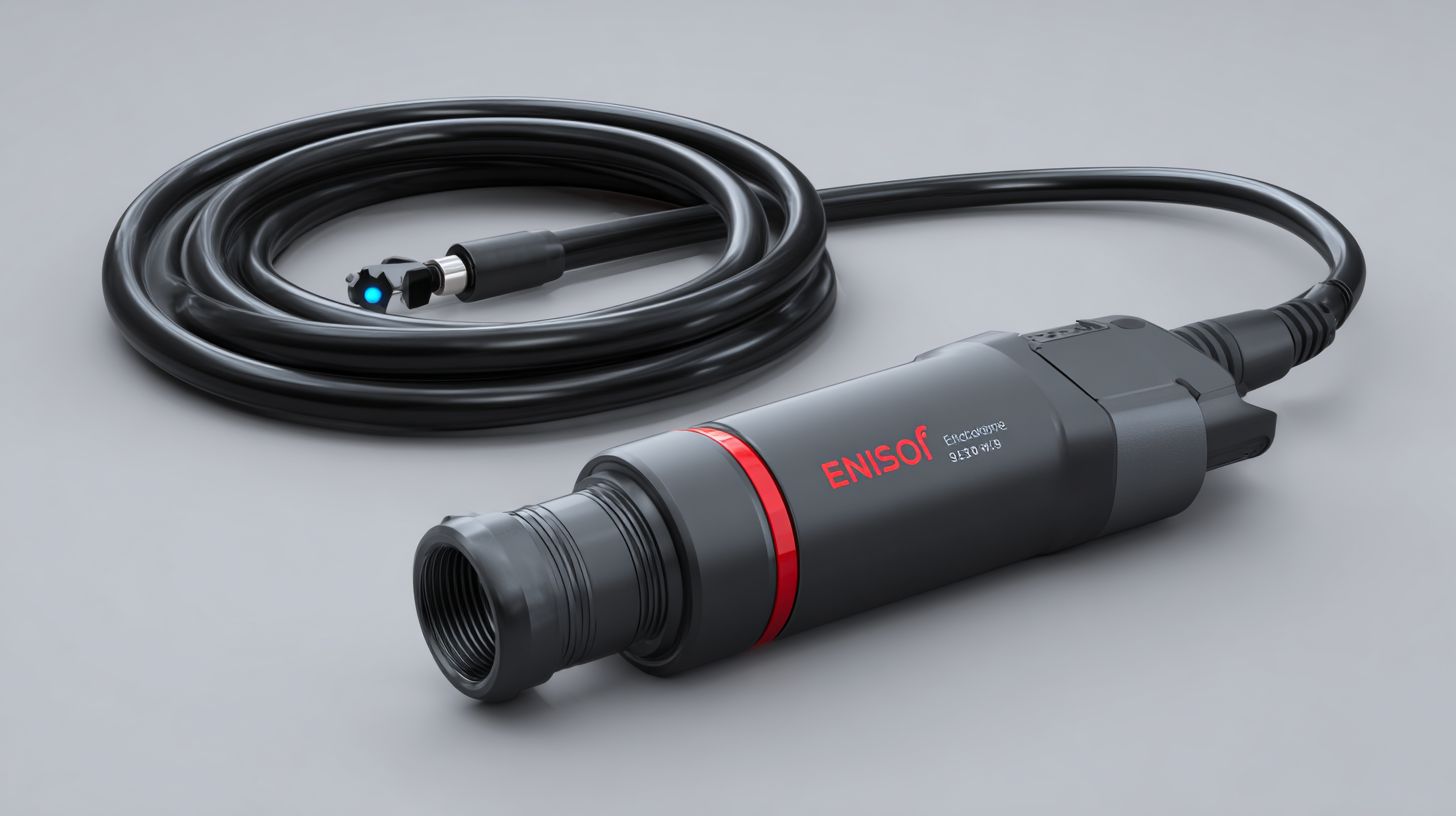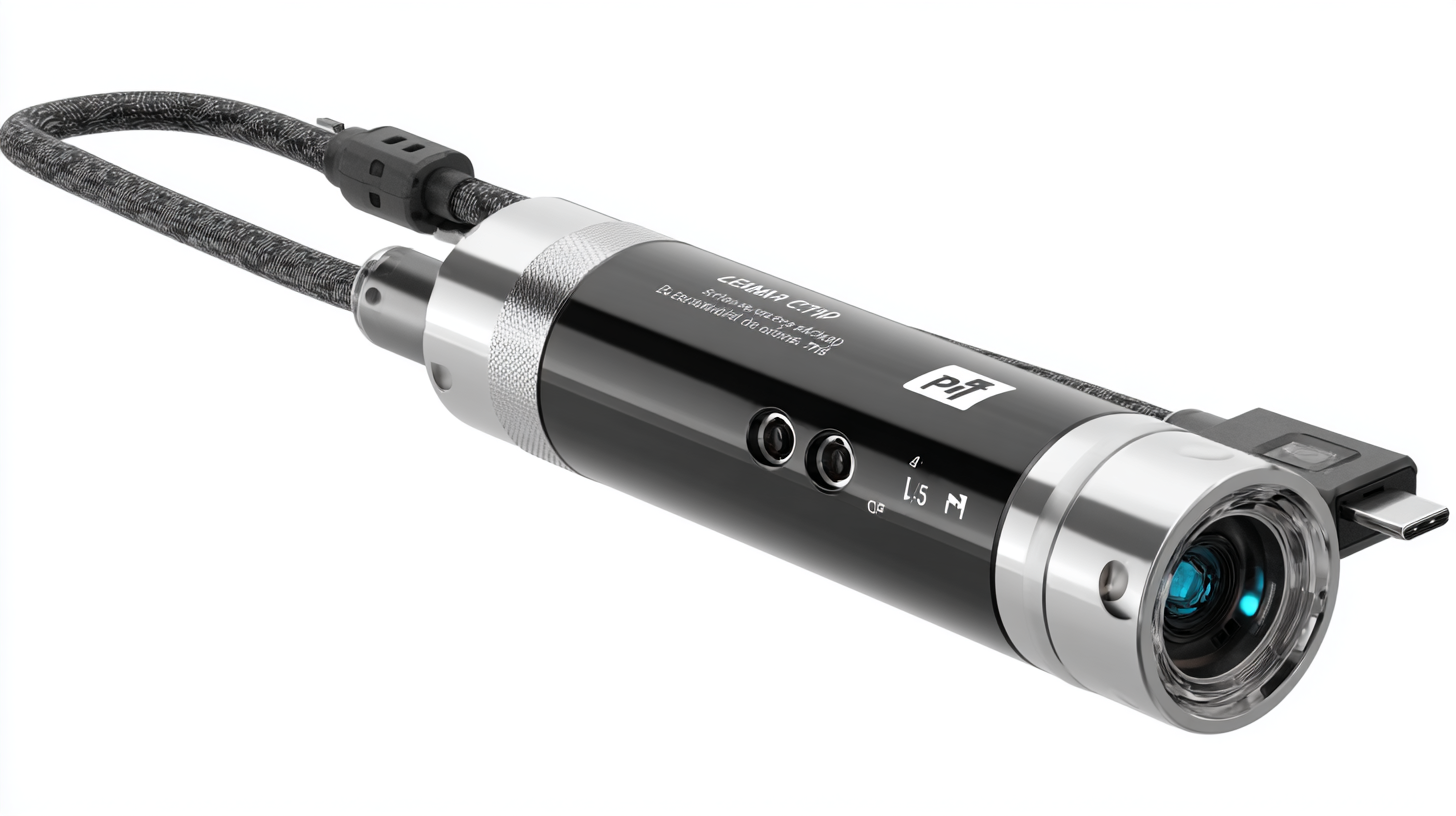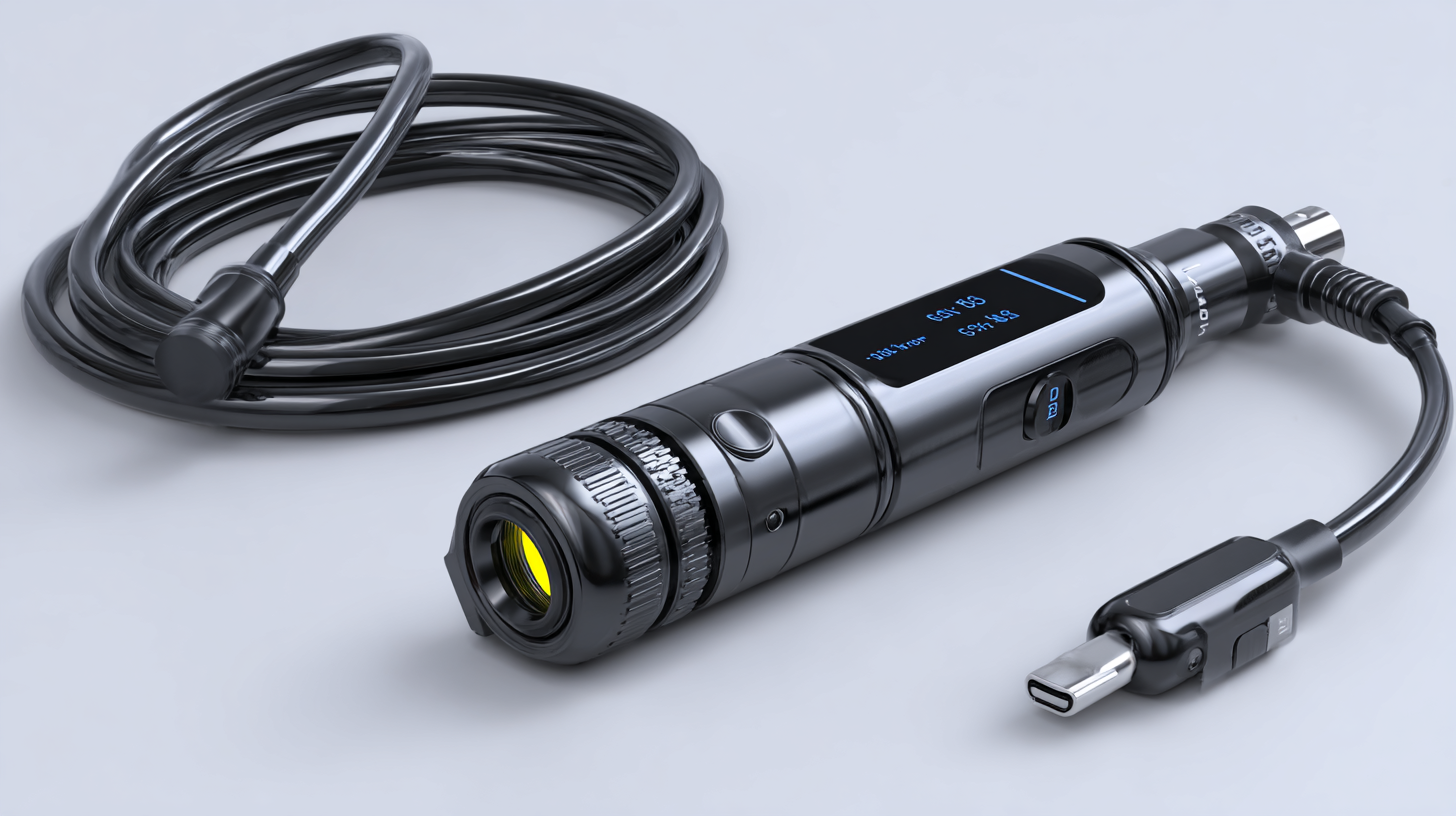The Future of Best Portable Endoscopes A 2025 Industry Analysis and Comparison of Leading Technologies
The portable endoscope market is poised for significant growth, with recent industry reports predicting a CAGR of over 15% from 2023 to 2028. This upward trajectory reflects the increasing adoption of portable endoscopes in various sectors, including gastroenterology, urology, and dental applications. As healthcare providers prioritize patient comfort and procedural efficiency, portable endoscopes offer a non-invasive and flexible solution for diagnostics and treatment.

However, despite their advantages, challenges such as image quality, device reliability, and integration into existing workflows remain prevalent within the industry. As we approach 2025, a comprehensive analysis of leading technologies in portable endoscopes will reveal both advancements and persistent problems, guiding stakeholders in making informed decisions to enhance patient outcomes.
The Rise of Portable Endoscopes: Market Trends and Innovations by 2025
The portable endoscope market is experiencing a significant transformation, driven by technological advancements and evolving healthcare needs. By 2025, the market is projected to reach $4.32 billion, with a compound annual growth rate (CAGR) of 8.4% from 2020 to 2025, according to a recent industry report. This growth is primarily fueled by rising demand for minimally invasive procedures and the increased prevalence of gastrointestinal disorders, which account for a considerable share of healthcare expenditure globally.
Innovations in portable endoscope designs are elevating the user experience and operational efficiency. For instance, the introduction of high-definition imaging and wireless technology has improved diagnostic accuracy and patient comfort. Companies are also focusing on developing compact, lightweight devices that enhance portability, allowing healthcare professionals to conduct examinations in various settings, from clinics to remote locations. This adaptability meets the growing expectation for accessible healthcare solutions and reflects the broader trend of patient-centered care as emphasized in recent health tech surveys.
Critical Features Driving the Evolution of Portable Endoscopy Technologies
The evolution of portable endoscopy technologies is being driven by several critical features that are reshaping medical diagnostics and treatment. Key advancements in imaging and video technologies are enhancing the quality and clarity of endoscopic procedures, enabling physicians to make more accurate assessments. As portable endoscopes become more compact and user-friendly, they are poised to expand their role in diverse clinical applications, ensuring that healthcare providers can perform minimally invasive procedures even in remote settings.
Moreover, the integration of artificial intelligence and machine learning into endoscopic systems is revolutionizing the way clinicians interact with these devices. These intelligent systems can assist in real-time image analysis, helping to identify anomalies and improve diagnostic accuracy. As we look toward 2025, the landscape of portable endoscopy is expected to be dominated by innovations that emphasize mobility, accuracy, and data management, positioning these tools to play a critical role in the future of surgical and diagnostic medicine.
Comparative Analysis of Leading Portable Endoscope Brands: Performance and Pricing
As the healthcare industry increasingly embraces portable endoscopes due to their versatility and accessibility, a comparative analysis of leading brands reveals significant differences in performance and pricing. According to a recent industry report, the portable endoscope market is projected to reach $2.3 billion by 2025, growing at a CAGR of 10.5% from 2020. This growth is partly driven by advancements in imaging technology and the increasing demand for minimally invasive surgical procedures.
When examining the top portable endoscope brands, performance metrics such as resolution quality, battery life, and ease of use are critical. For instance, Brand A offers a resolution of 1080p with a battery life of up to 4 hours, priced at approximately $1,800, while Brand B, known for its user-friendly interface, provides similar specs but at a slightly higher price point of $2,200. Notably, Brand C has emerged as a cost-effective alternative, priced around $1,200, but with a 720p resolution, highlighting a trade-off between affordability and image quality. These insights reflect the diverse needs of end-users and the competitive landscape driving innovation in portable endoscopy technology.

Emerging Technologies Transforming Portable Endoscopy: AI Integration and Beyond
Emerging technologies are set to revolutionize portable endoscopy, with artificial intelligence (AI) leading the charge. According to a recent industry report by MarketsandMarkets, the global endoscope market is projected to reach $30 billion by 2025, with portable devices increasingly favored for their convenience and efficiency. AI integration allows these endoscopes to enhance diagnostic accuracy by analyzing images in real-time, significantly decreasing the chances of oversight. Automated features can assist physicians in identifying anomalies, while machine learning algorithms continuously improve the technology’s performance based on vast datasets.

Beyond AI, other technological advancements are transforming the field. The introduction of high-definition imaging and flexible, miniaturized components have made portable endoscopes more effective and user-friendly. A study published in the Journal of Medical Engineering shows that portable endoscopes equipped with advanced imaging capabilities can provide resolutions comparable to traditional systems, while operating in confined spaces, making outpatient procedures quicker and less invasive. As these innovations continue to evolve, healthcare providers will gain unprecedented access to critical diagnostic tools, underscoring the pivotal role technology plays in the future of portable endoscopy.
Regulatory Landscape and Its Impact on Portable Endoscope Development by 2025
The regulatory landscape surrounding portable endoscopes is undergoing significant transformation as we approach 2025. The accelerated approval pathways for medical devices in both the United States and European Union are designed to expedite the delivery of innovative technologies to patients. Recent trends indicate that medical device regulations are becoming more flexible, allowing for quicker entry into the market while maintaining safety and efficacy standards. As a result, companies developing portable endoscopes can potentially see faster clearance times, which could enhance their competitive edge in an increasingly crowded market.
Moreover, the surge in AI venture capital funding, exceeding $100 billion in 2024, signifies a robust investment environment that is expected to benefit the healthcare sector. Integration of AI technologies in portable endoscopy could lead to breakthroughs in imaging quality and diagnostic capabilities. With companies eager to harness AI innovations in their devices, the regulatory scrutiny will need to adapt to include these advanced technologies, ensuring that they align with patient safety and clinical effectiveness. By 2025, the intersection of evolving regulations and cutting-edge technologies will likely shape the future of portable endoscopes, fostering advancements that could transform patient care.
The Future of Portable Endoscopes: Market Growth by 2025
This chart illustrates the projected growth of the portable endoscope market from 2018 to 2025. As per the analysis, the market size is expected to grow significantly, reaching around 700 million USD by 2025, driven by advancements in technology and regulatory support.

